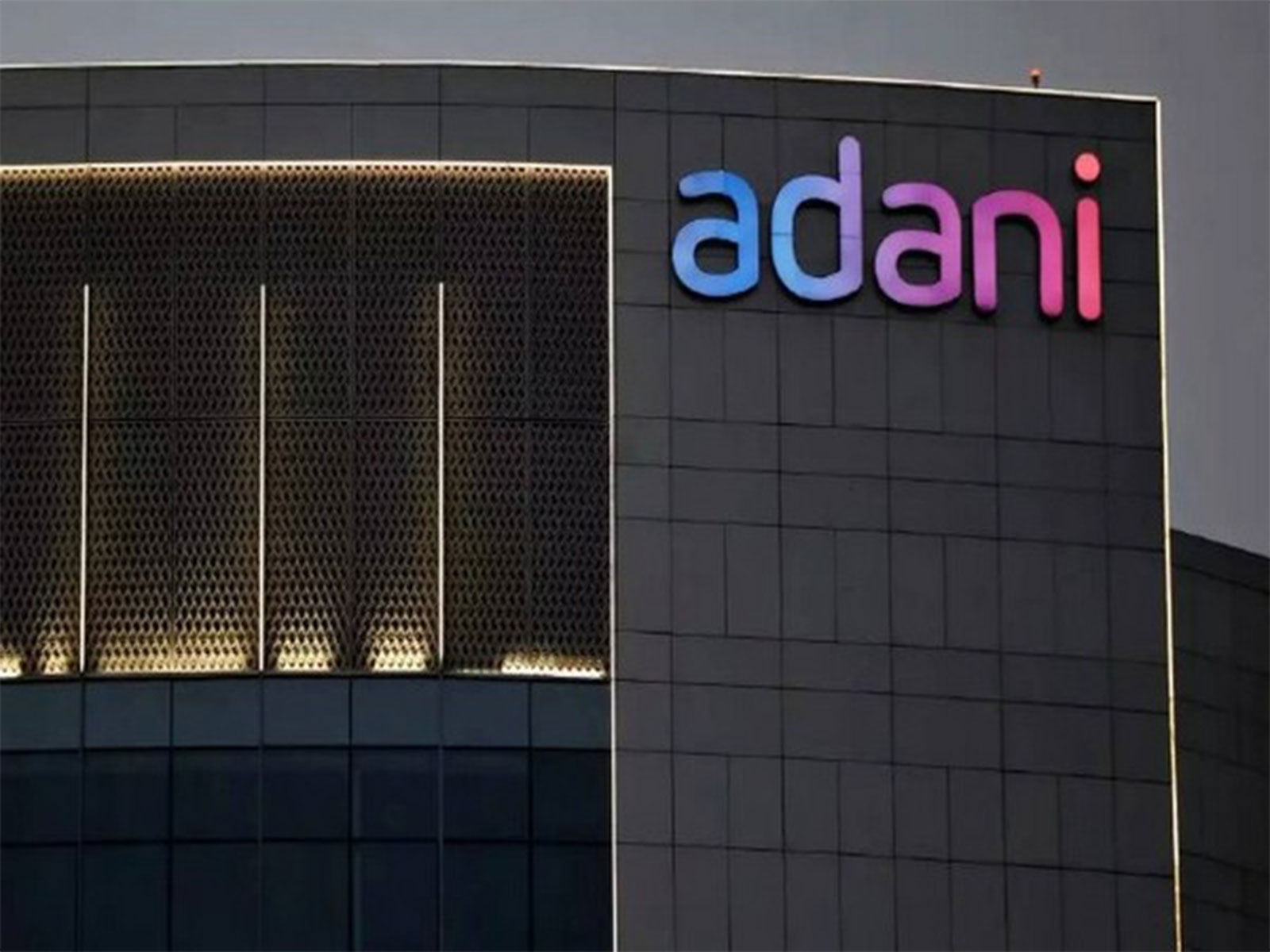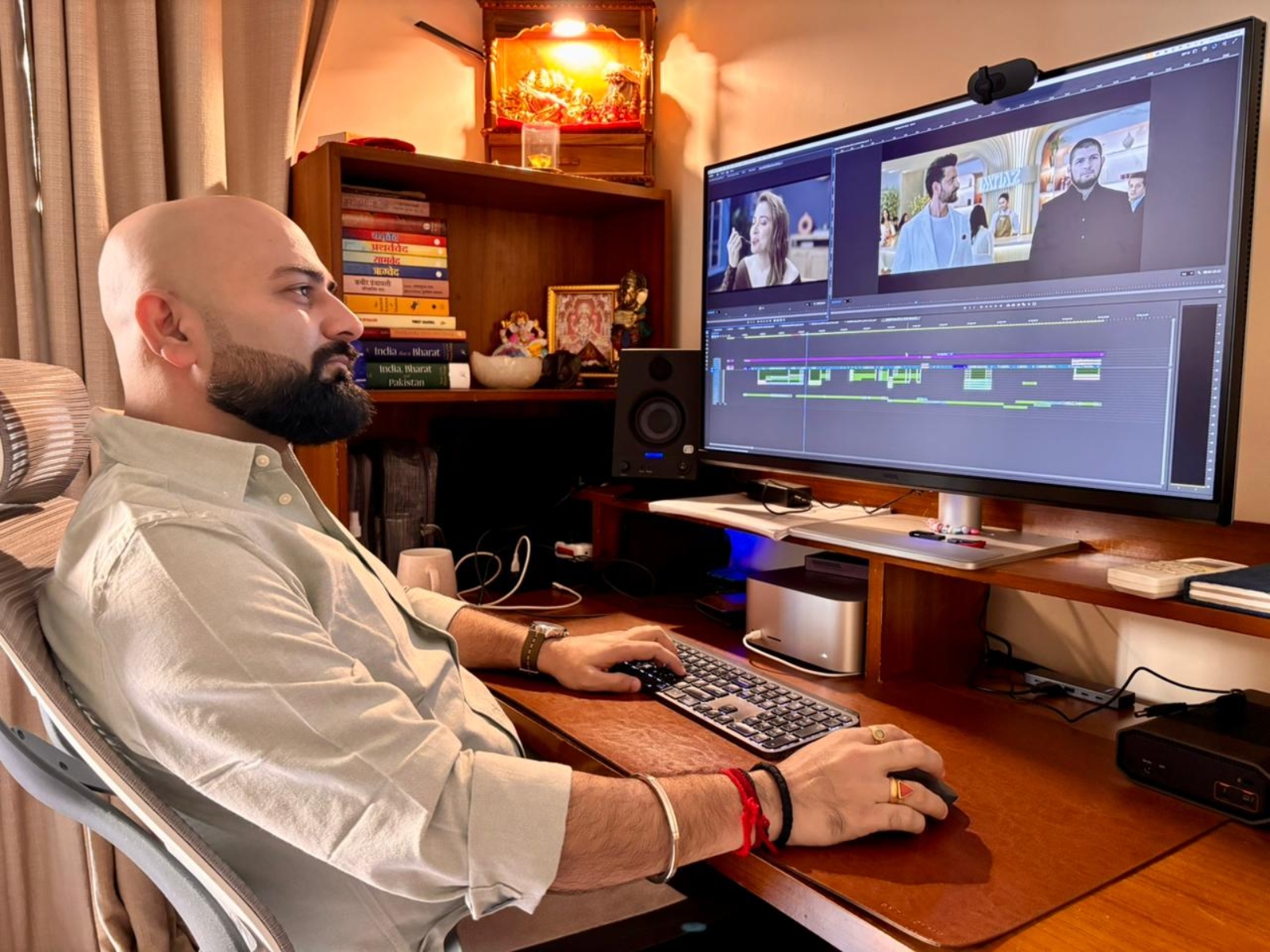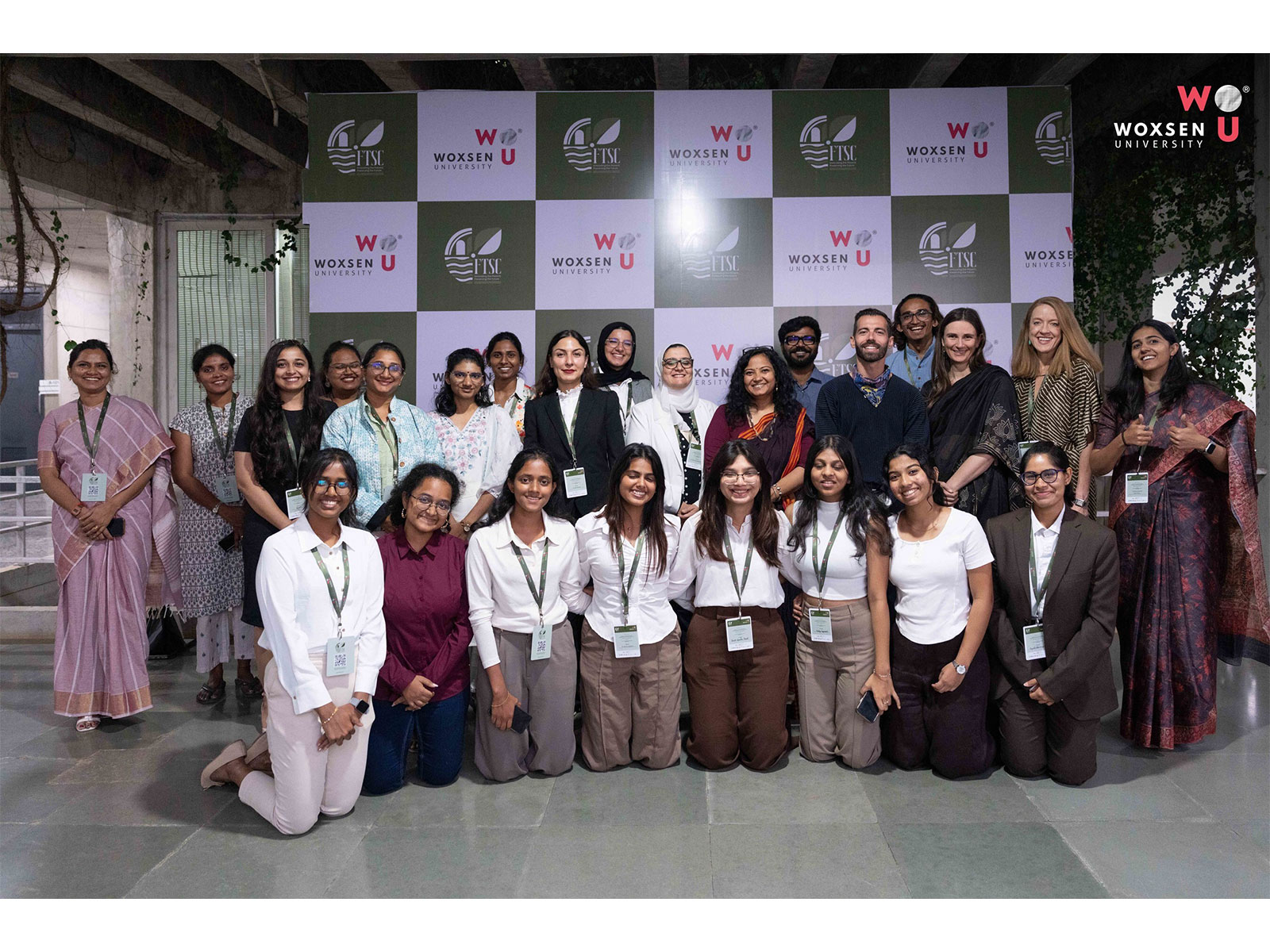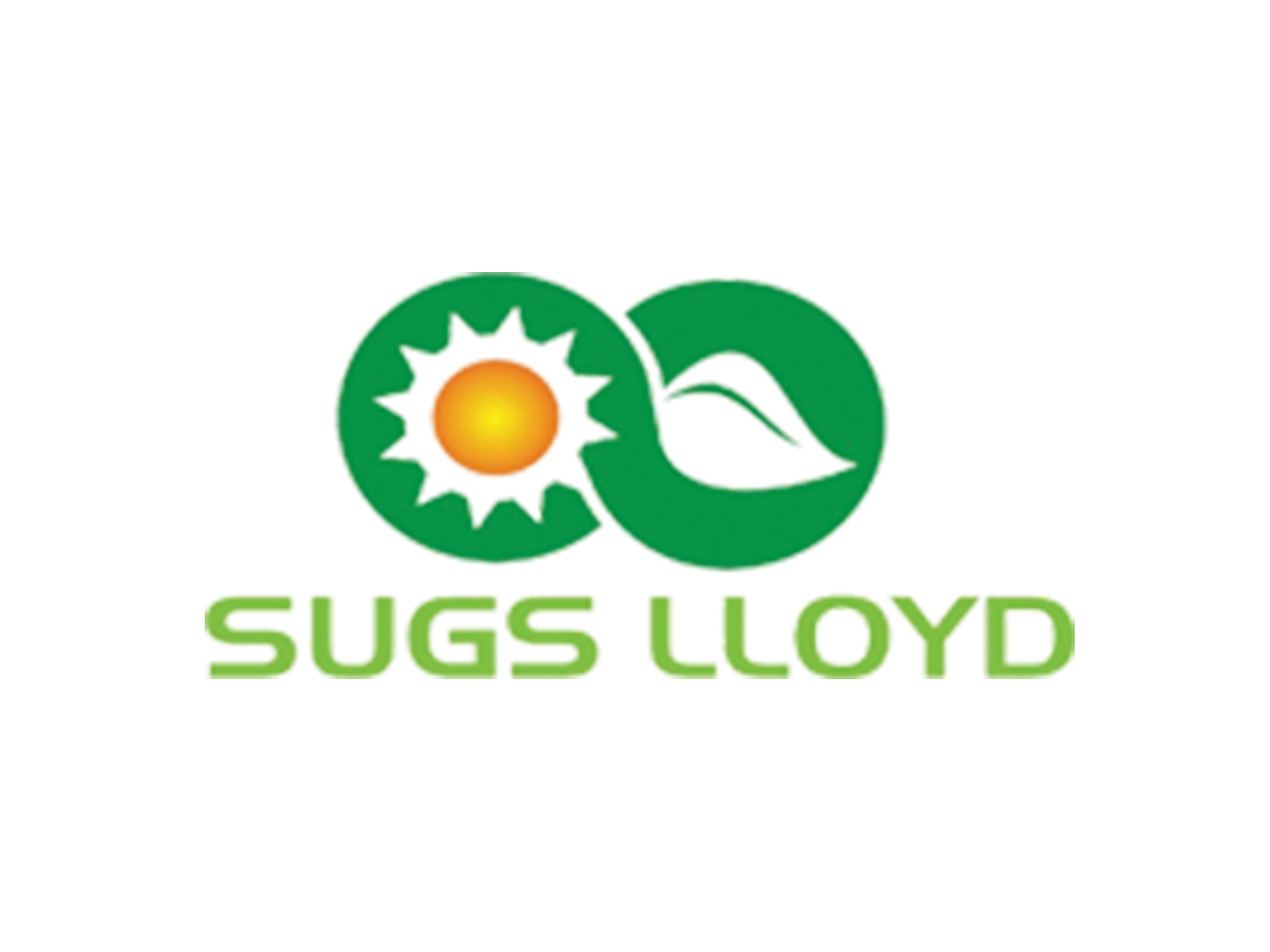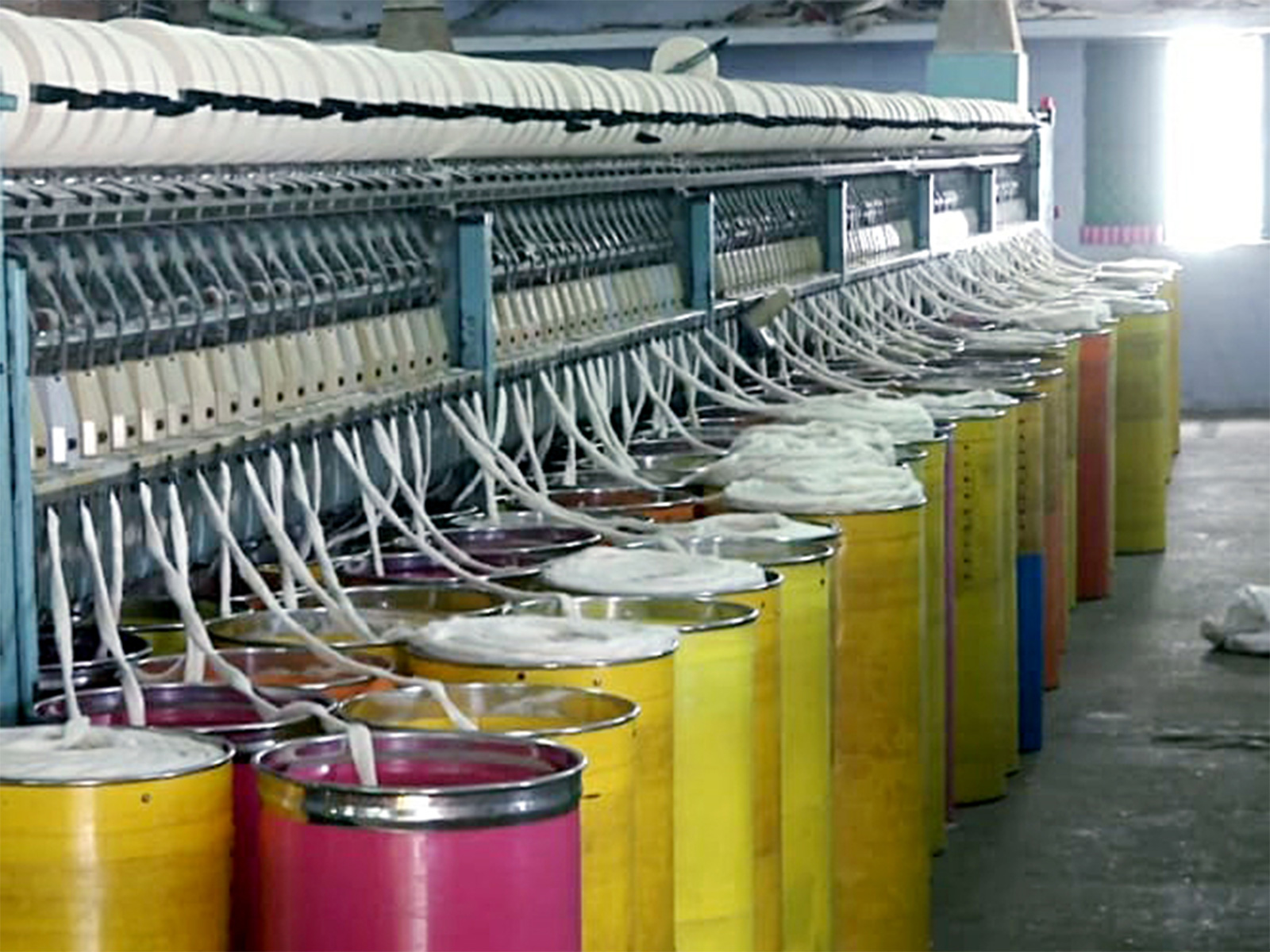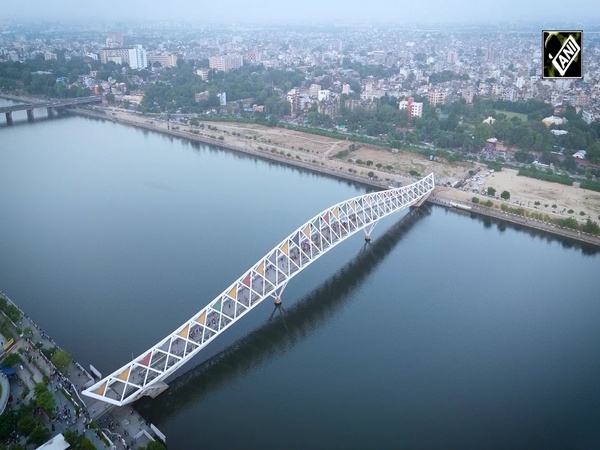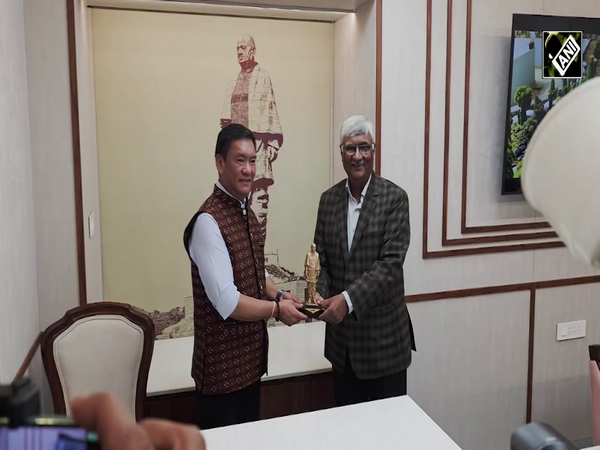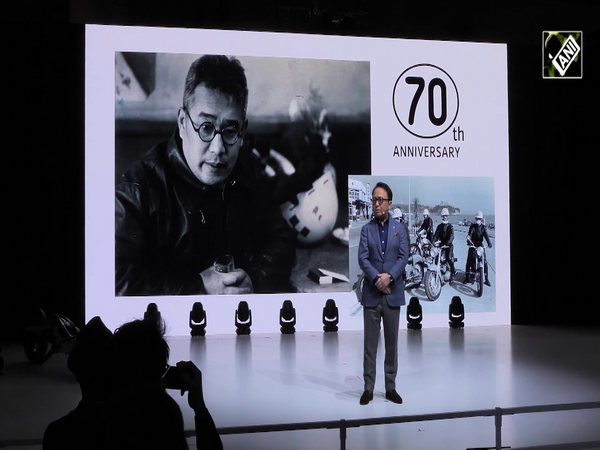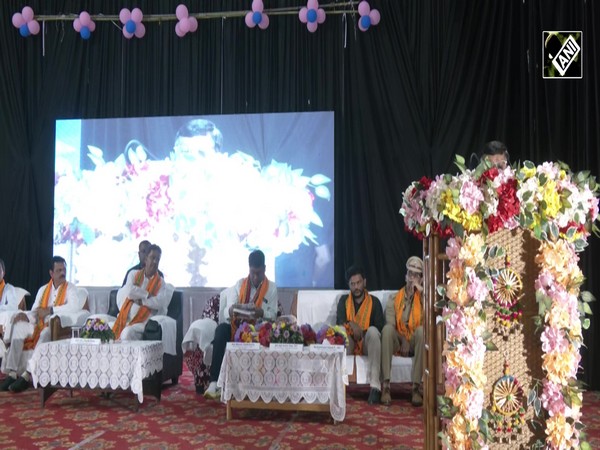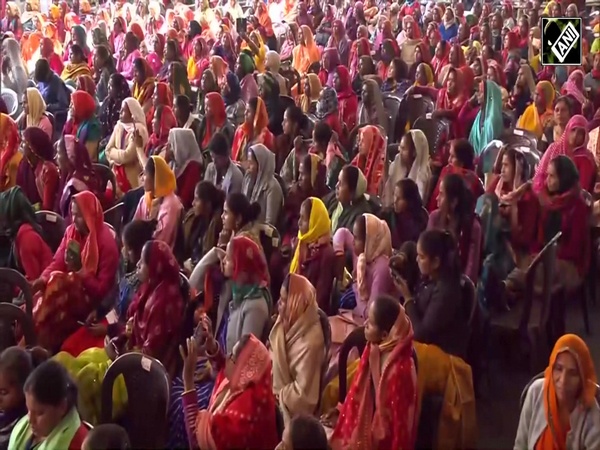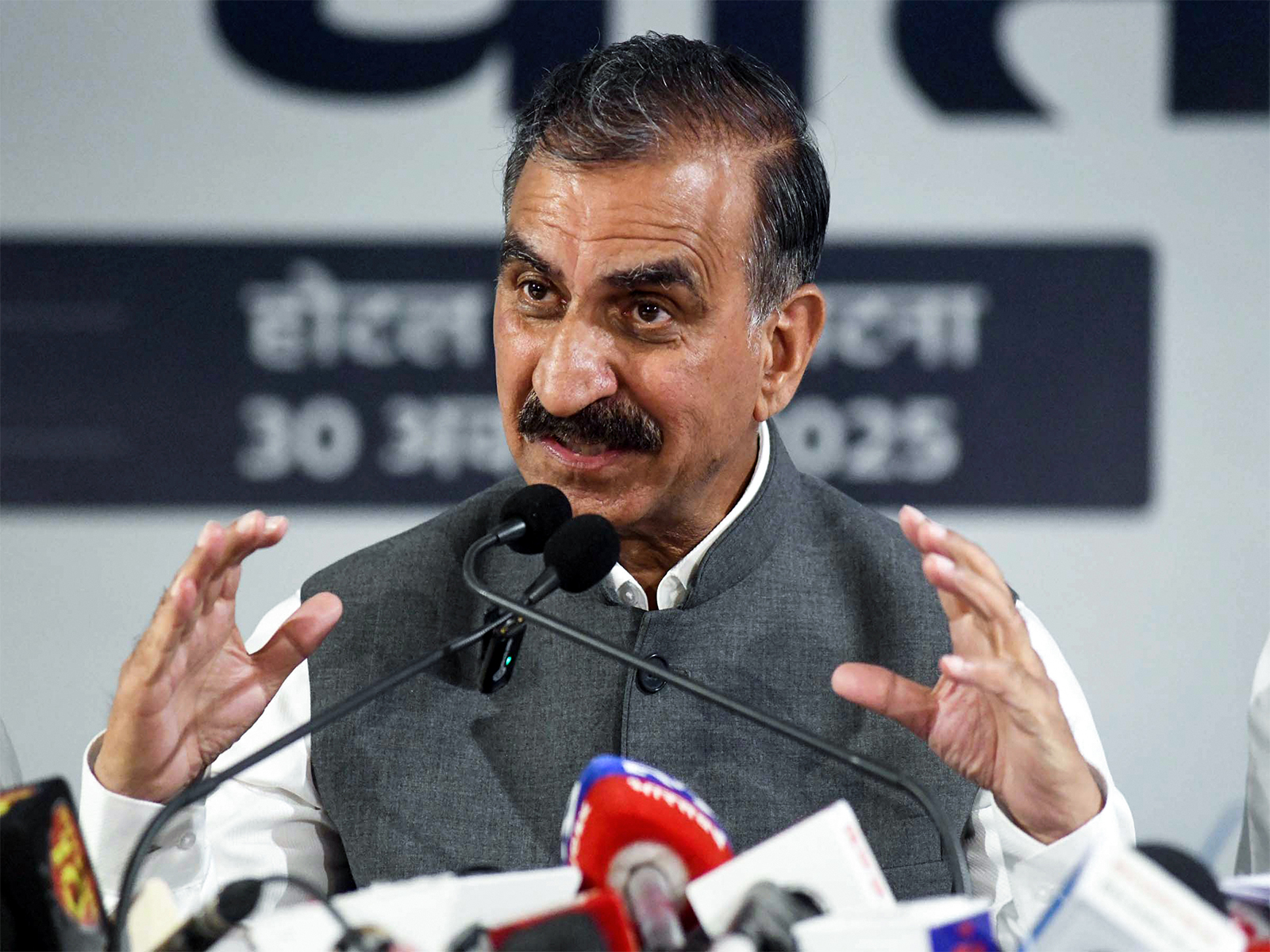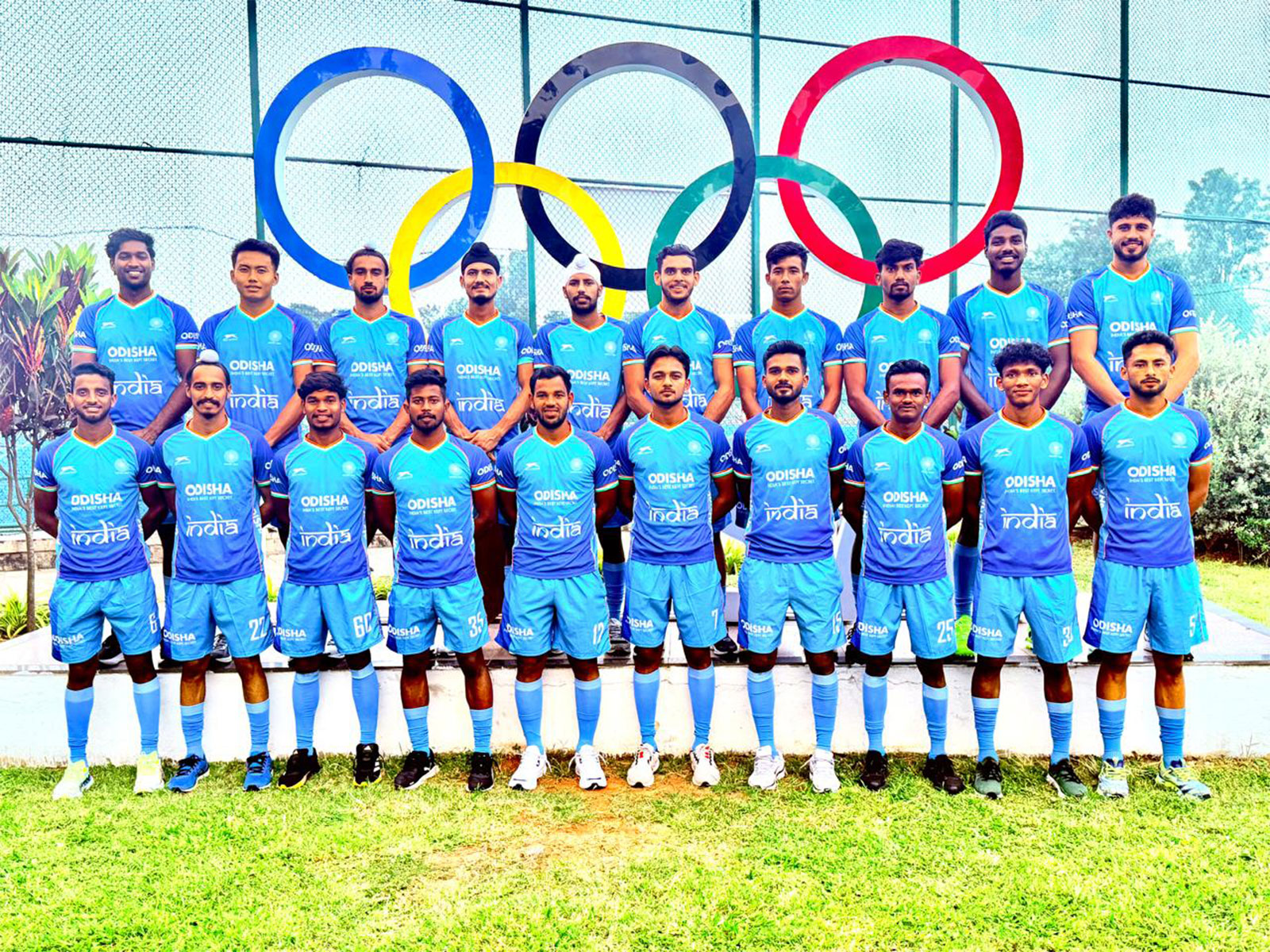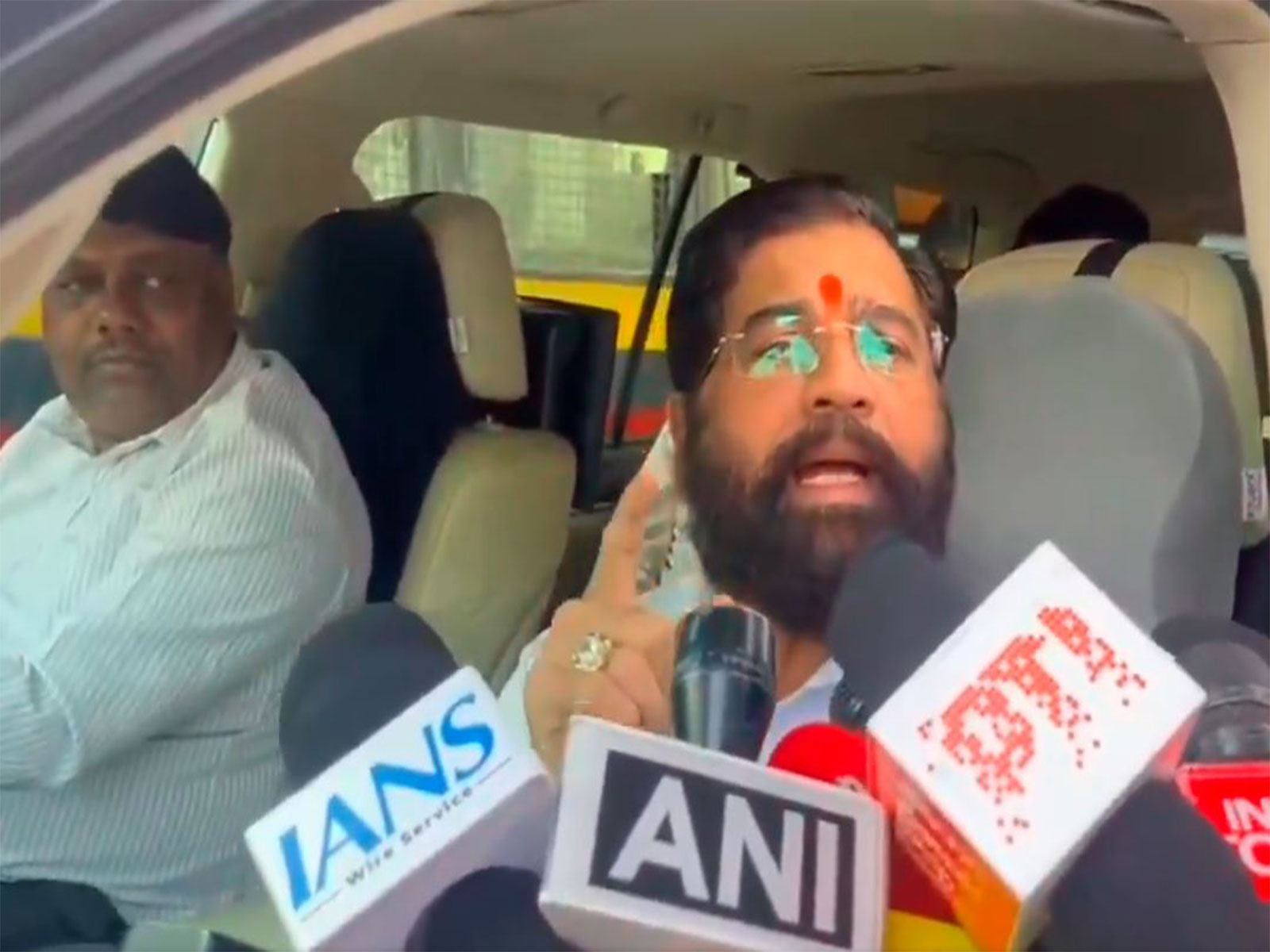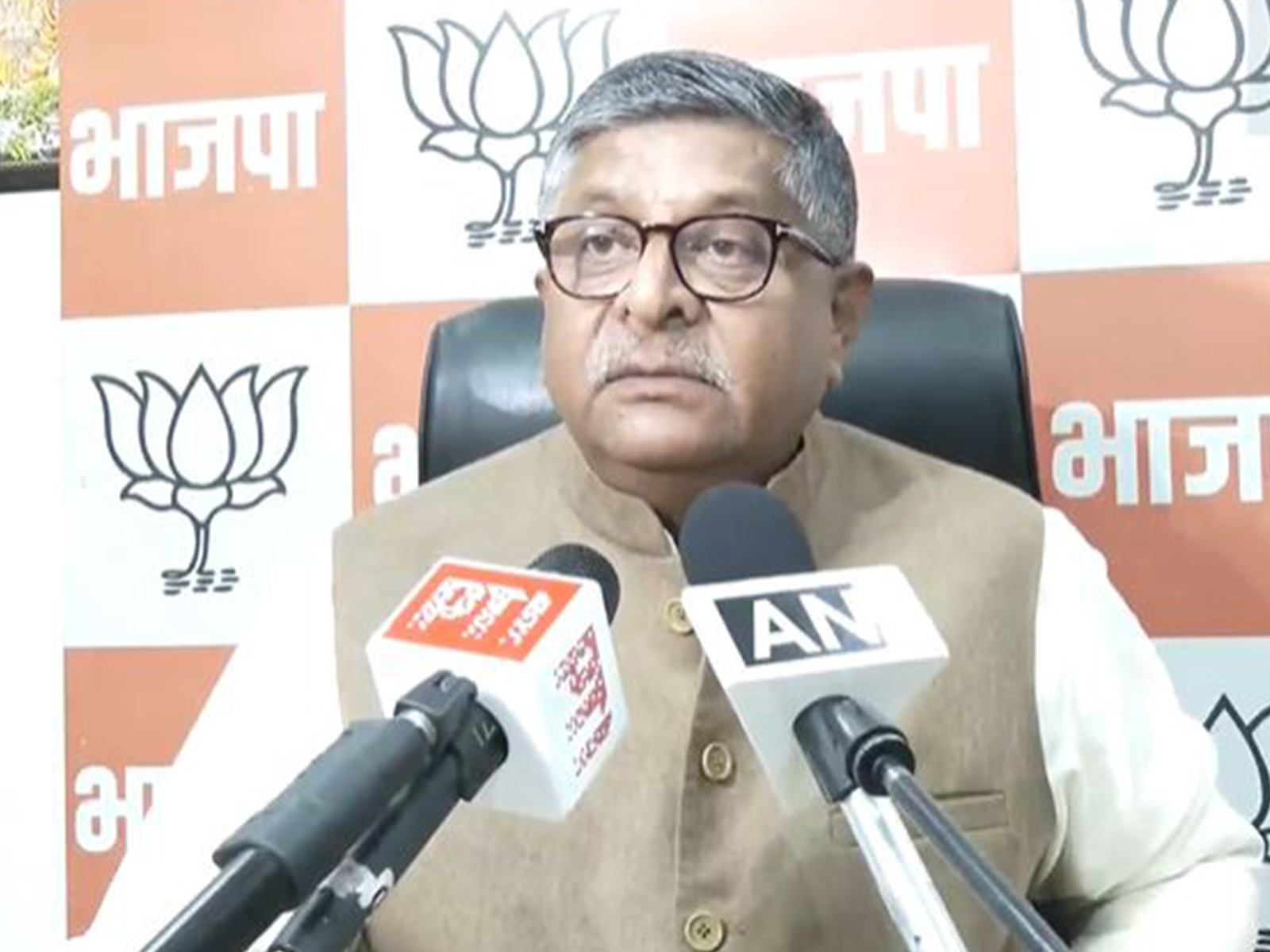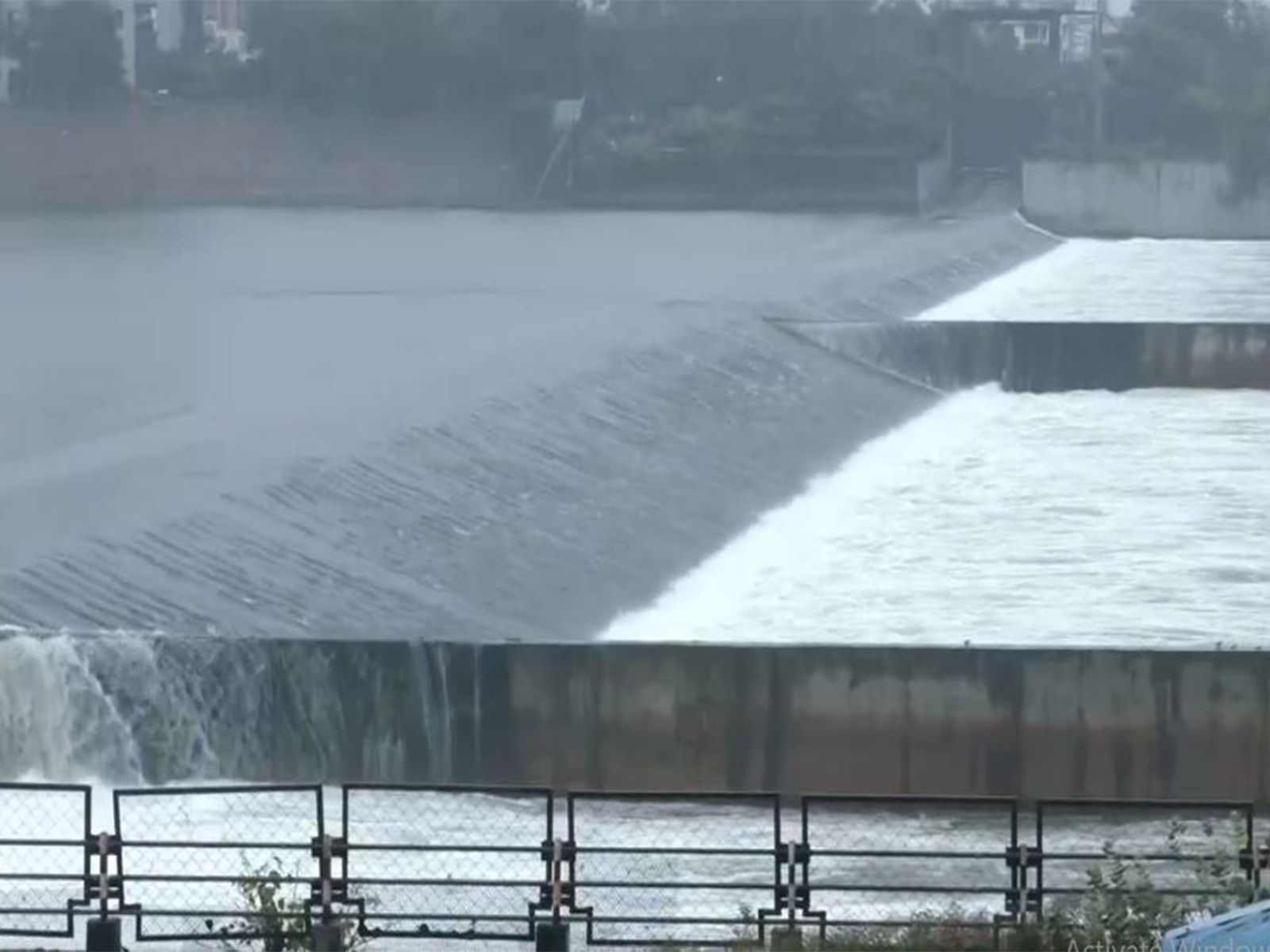
India's treated used water could unlock an economic opportunity of up to $35 billion by 2047, creating over 1 lakh new jobs: CEEW
Nov 14, 2025
New Delhi [India] November 14 : India's treated used water (TUW) economy could unlock up to INR 3.04 lakh crore (USD 35 billion) in economic opportunity by 2047, combining Rs 72,597 crore (USD 8.35 billion) in potential annual market revenue with Rs 1.56-2.31 lakh crore (USD 18-27 billion) in infrastructure investment, according to a new independent study released today by the Council on Energy, Environment and Water (CEEW).
The study, Financing for Treated Used Water Reuse in India, projects that India could reuse 31,265 million m³ of treated used water in 2047--enough to meet a significant portion of industrial and irrigation demand--if backed by the right mix of financing, regulation, and infrastructure.
At present, India treats only about 28 per cent (20.24 billion litres per day) of the used water it generates, and more than 80 per cent of cities either do not reuse treated water or lack functional reuse infrastructure, leaving vast untapped potential in urban systems.
Scaling up the reuse of treated used water could also create over 1 lakh new jobs across the country by 2047.
CEEW's findings come as India advances its National Framework on Safe Reuse of Treated Water, offering policymakers a data-backed roadmap to finance and scale reuse across cities. Urban India generates more than 72 billion litres of used water per day, yet much remains untreated or under-utilised. With water demand rising rapidly, TUW offers a practical, scalable solution to close the supply-demand gap.
Under the new Liquid Waste Management Rules 2024, bulk users such as industries and utilities must now treat and reuse at least 20 per cent of their wastewater--rising to 50 per cent by 2031.
The shift adds regulatory weight to a growing market that can simultaneously reduce freshwater extraction, boost local resilience, and generate green employment.
Shalu Agrawal, Director of Programmes, CEEW, said, "India must treat used water as an asset, not a liability. Every litre reused is an investment in our cities' resilience, our industries' competitiveness, and our energy security. Treated used water is not the end of a cycle, it's the beginning of a circular economy for urban India. It is India's next big resource for growth, jobs, and resilience. By financing circular solutions today, through public-private partnerships, municipal green bonds, and industry co-investments, we can turn what was once considered waste into wealth for a sustainable future."
The CEEW study also highlights how circular investments are already delivering results in Indian cities. Surat currently supplies tertiary-treated used water to industries at Rs 36 per kilolitre--slightly lower than freshwater rates--helping the city generate over Rs 230 crore in revenue between 2014 and 2021.
The study also proposes Water Reuse Certificates as a market-based mechanism allowing bulk users that exceed their reuse targets to trade credits with those falling short, monetising efficiency gains and creating incentives for compliance.
Nitin Bassi, Fellow, CEEW, added, "Scaling treated-used-water reuse is one of the most practical ways to water-secure India's cities. Urban local bodies must lead India's shift to treated-used-water reuse by developing long-term city plans, diversifying funding, and setting fair, cost-recovery tariffs. Beyond the one lakh direct jobs expected in plant operations, expanding reuse will also create employment in construction and technology services, generate steady municipal revenue, attract green investment, and reduce pollution in rivers. With the right planning, pricing and business models, used water can become a financially sustainable and environmentally restorative urban resource."
CEEW's projections are based on national and state-level data from the Central Pollution Control Board, the National Mission for Clean Ganga, and the Ministry of Housing and Urban Affairs.
The study estimates future treatment capacity using historical growth rates to 2047, values reuse based on existing industrial and irrigation tariffs, and analyses lifecycle costs, job coefficients, and energy footprints across common treatment technologies to provide a realistic investment and employment roadmap.

